WE RECKON THERE WILL BE SOME NIFTY DEVICES IN YOUR CAR IN 10 YEARS, MAKING DRIVING EVEN SAFER AND MORE FUN
Predicting the future is fraught with difficulty. For example, if the Back To The Future movie series was to be believed, we’d all have flying cars by now, yet still be using fax machines for personal communication.
However, it’s fun to speculate. What high-tech features do you think will be common on cars in 10 years time? Based on existing prototypes from the research and development divisions of the world’s carmakers, here are five features we think you might have on your 2025-model family car.
Your car will understand sign language
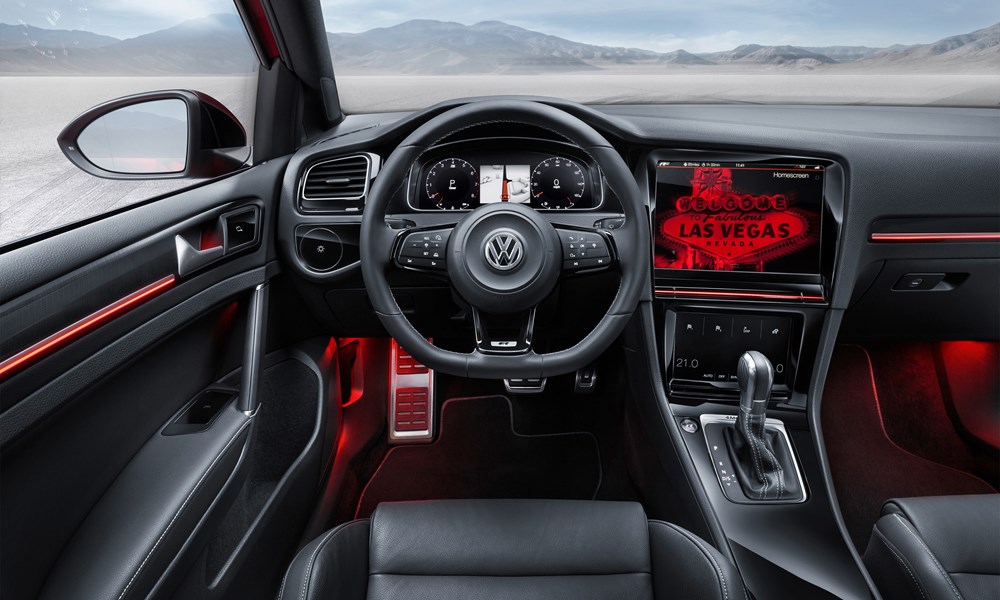
Volkswagen’s hand-gesture controls.
Hand gestures are an emerging technology that is likely to become mainstream very quickly. It’s the next logical step in the human machine interface (HMI) and works via a camera in the cabin that can interpret specific movements from the driver and/or front passenger. It already works well in video gaming, so why not cars?
The first production car to feature hand-gesture technology will be the new BMW 7-series, launching late this year. It’s likely to allow basic operations like twirling your finger to adjust audio volume, pointing at the screen to accept an incoming call or swiping to reject it.
That’s just the start. Many carmakers are working on similar technology, including Volkswagen. It recently showed a concept Golf R with hand-gesture functionality that embraces a wide range of motion. The company has been flirting with this idea for some time; you can see the beginnings of it in the touch screen of some current VW Group models, which can recognise when a finger is near and expand the appropriate menu in preparation.
In the future, any function you can operate with a switch or touch screen, you will probably be able to undertake with a hand gesture.
Your car will have invisible bits
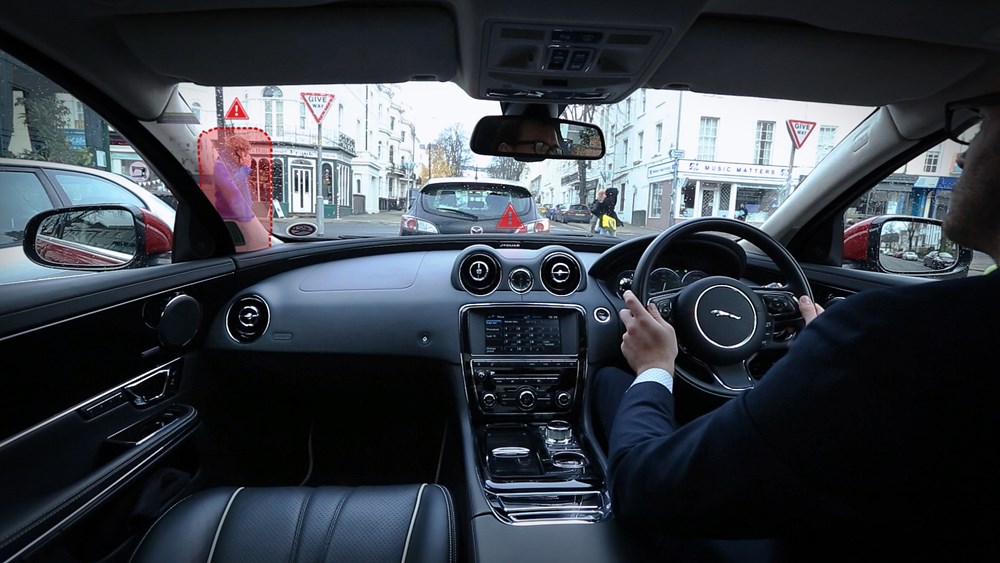
Jaguar’s virtual windscreen
Modern cars have very thick pillars and relatively small glass areas — a consequence of crash safety and fashion, as designers strive to create high waistlines and curvaceous body shapes.
This creates a visibility problem, especially when trying to see around thick, sloping A-pillars either side of the windscreen. It’s not an issue that’s going away any time soon, so a solution is required.
Forward-facing camera technology is already used on many cars — that’s what often gives you features such as adaptive cruise control, lane departure warning and autonomous braking.
The next step is to use those cameras to generate a real-time picture of what’s in front of the car, then project it on to the bits that block your view. Suddenly, you have an invisible A-pillar whenever you need one — if you’re turning or there’s a pedestrian in the blind spot, for example.
Jaguar Land Rover has a working prototype of this technology, which it calls 360 Virtual Urban Windscreen.
Your car will charge itself wirelessly
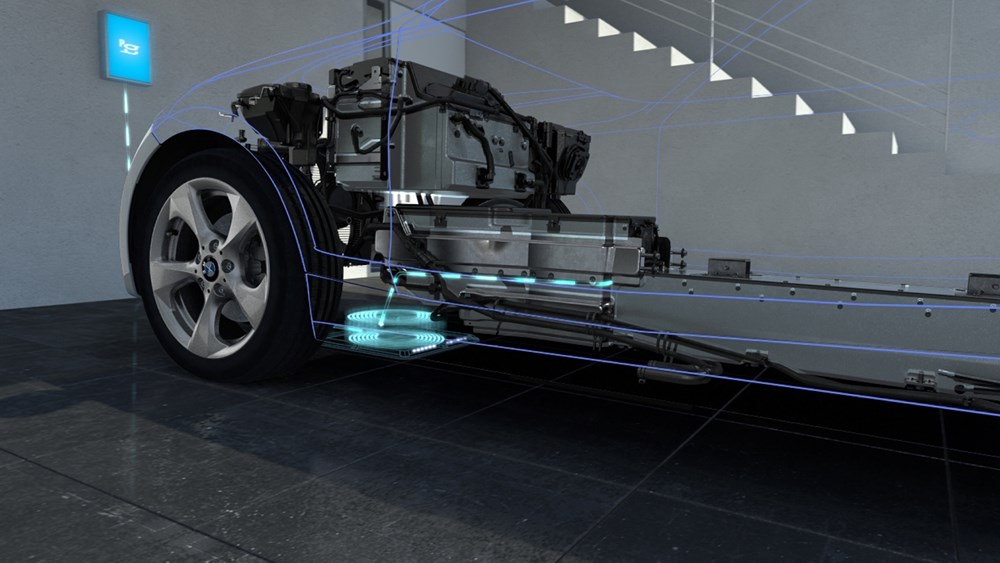 If you have a cutting-edge mobile phone (the HTC and Nexus brands spring to mind), you’ll probably be using wireless charging technology to keep the battery topped up. There’s a receiver coil in the device and a transmitting coil in the charging pad, which is plugged into the mains: when they are in close enough proximity a magnetic field generates the current required to send charge into the device’s battery.
If you have a cutting-edge mobile phone (the HTC and Nexus brands spring to mind), you’ll probably be using wireless charging technology to keep the battery topped up. There’s a receiver coil in the device and a transmitting coil in the charging pad, which is plugged into the mains: when they are in close enough proximity a magnetic field generates the current required to send charge into the device’s battery.
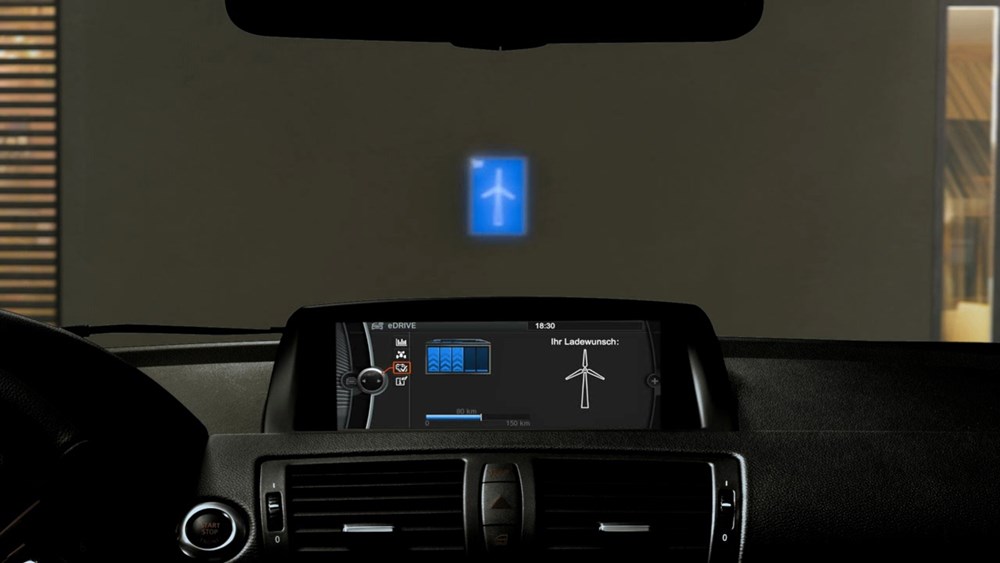 The same technology can theoretically be used to charge the battery of an electric vehicle (EV). When EVs are absolutely commonplace, wireless parking pads will be a sensible choice for both domestic garages and public parking spaces. Already, EV-friendly cities such as Amsterdam have entire floors of public parking buildings devoted to EV fast charging. The next step will be to do away with the wires and just have parking pads.
The same technology can theoretically be used to charge the battery of an electric vehicle (EV). When EVs are absolutely commonplace, wireless parking pads will be a sensible choice for both domestic garages and public parking spaces. Already, EV-friendly cities such as Amsterdam have entire floors of public parking buildings devoted to EV fast charging. The next step will be to do away with the wires and just have parking pads.
One of the challenges is getting the car and pad aligned perfectly so that the coils recognise each other (this can be an issue with your phone as well).
Your car will park itself
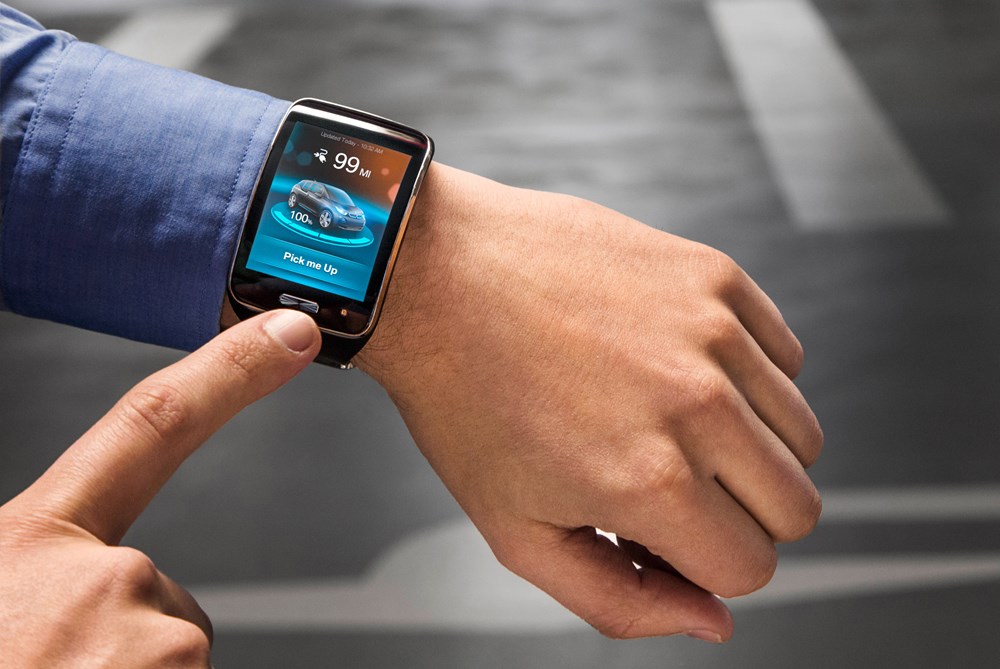
One day you will be able to “fetch” your car from a parking building by using a device like a smart watch
No point dwelling on autonomous driving: we all know the technology exists and that self-driving cars will be a reality in a few short years.
But here’s an interesting extension of autonomous driving: self-parking. Plenty of cars can already steer themselves into a space, providing you are on board to assist with the other controls.
Getting your car to go away and park itself independently is not as easy as it sounds. Some of the things that autonomous driving relies upon, like detailed satellite navigation mapping, are not available in a multi-storey carpark.
The solution is separate grid-mapping of parking structures and extra sensors embedded into the front, side and rear of the car to better identify empty spaces. In the future, you’ll be able to get out at your destination, then simply send the car away to park itself while you attend a meeting or do your shopping. Parking spaces will be better utilised because cars will be able to park doorhandle-to-doorhandle (quite literally).
Like everything else we’ve talked about here, this technology really exists. BMW demonstrated it earlier this year fitted to an i3 electric car. You send commands to the car via an Androidwear smart watch.
Naturally the car will pick you up again; hopefully with a full charge after sitting on a wireless pad.
Your car will be able to change colour
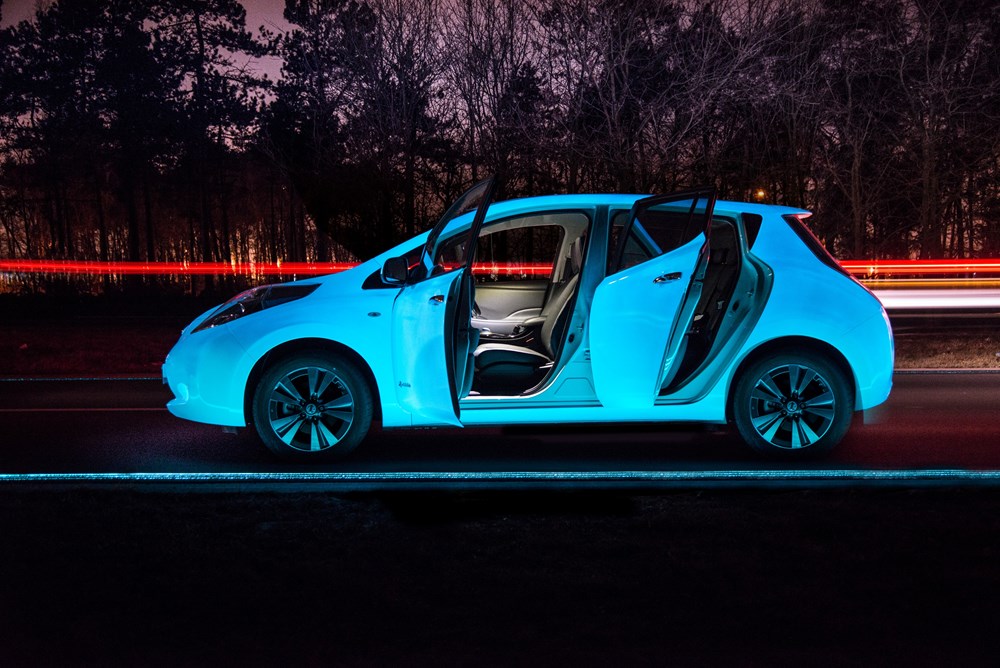 The day that fashion no longer plays a part in the purchase of a new car will be the day that the industry grinds to a halt.
The day that fashion no longer plays a part in the purchase of a new car will be the day that the industry grinds to a halt.
A car that changes colour sounds trivial but there will surely be demand for a feature that could take all of the angst out of choosing an outrageous hue for your new vehicle. Because you’ll be able to change it whenever you want.
Active paint is already a reality. There are wraps that glow in the dark and Nissan has even developed new paint technology that absorbs sunlight and then self-illuminates for up to 10 hours. It was used to promote the Leaf electric vehicle in Europe.
Paint that actually changes colour has been the vehicle (excuse the pun) for a million April Fool pranks, but it does exist.
It’s called paramagnetic paint and consists of several layers or oxides that can be individually illuminated by selective application of electric current. Any of the individual layers or combinations thereof are possible by just changing the voltage, which comes from a separate supply (only very low power is needed) attached to a hidden point on the paintwork.
So, colour-changing paint: available on a Corolla near you. In 2025. Perhaps.





